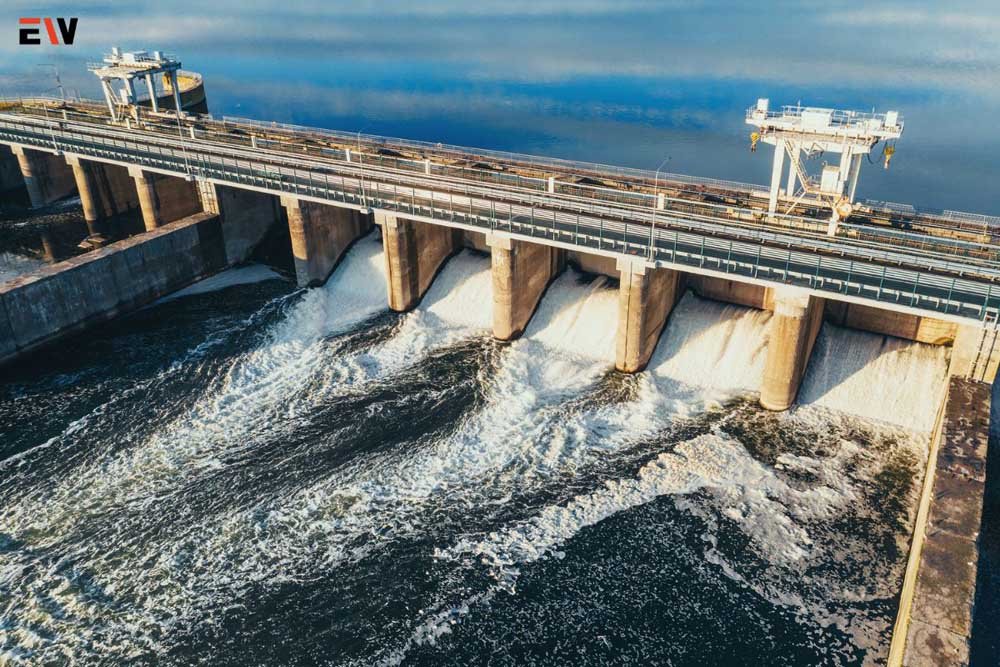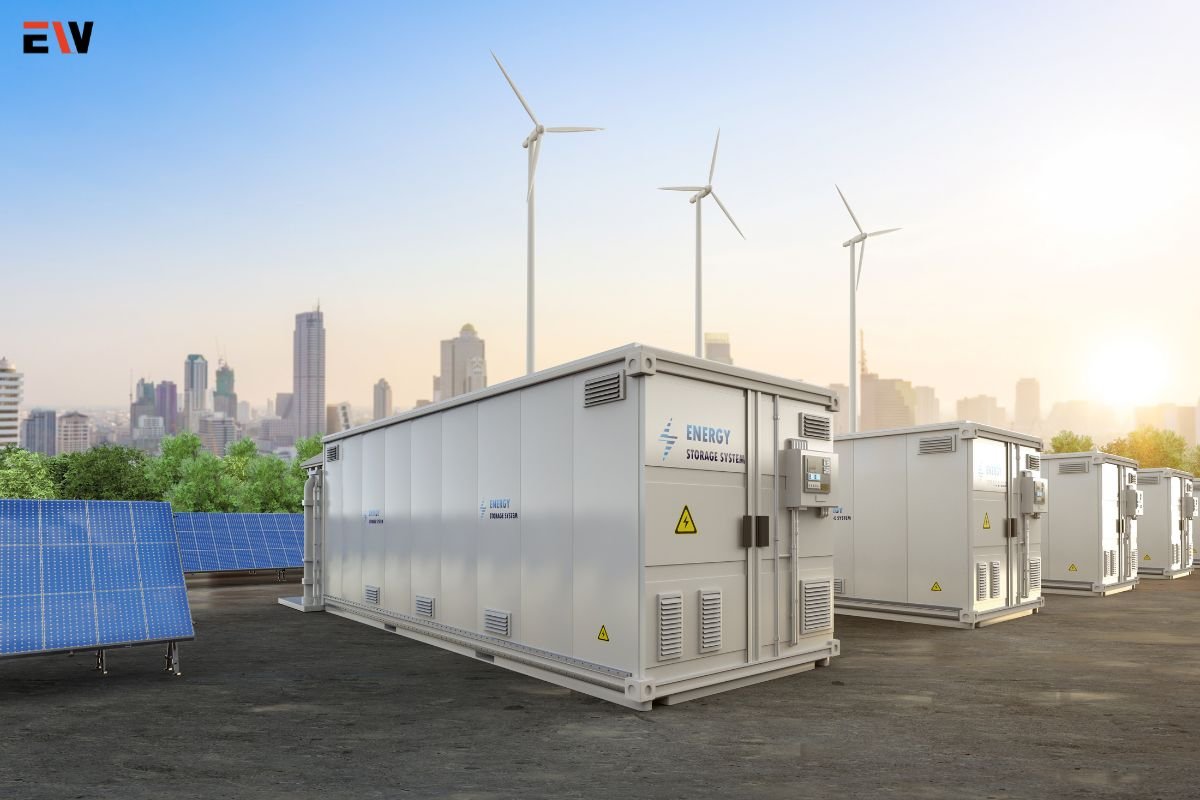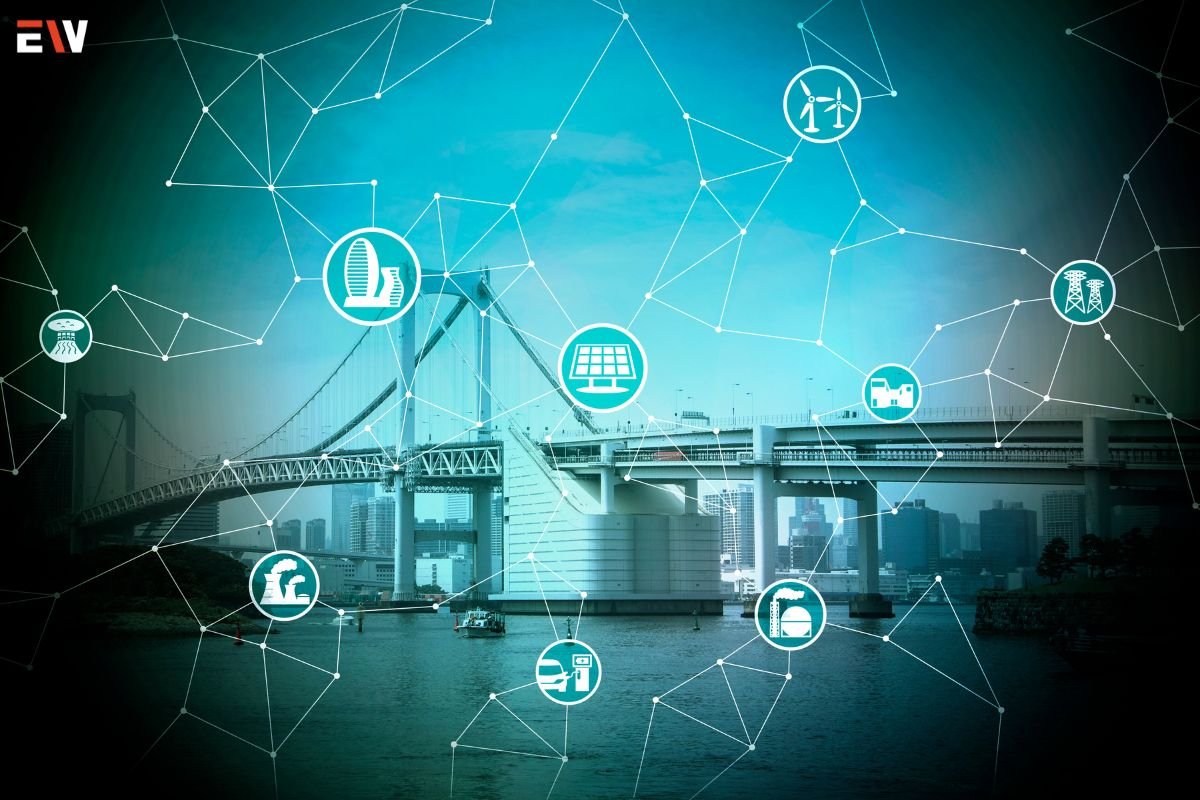Climate change poses one of the most significant challenges of our time, affecting ecosystems, economies, and communities worldwide. To address this pressing issue, technological innovation is crucial. From renewable energy solutions to advanced carbon capture methods, climate change technology offers a path towards a sustainable and resilient future. This article explores the latest advancements in climate change technology, highlighting their potential to mitigate environmental impacts and promote sustainability.
Here are Climate Change Technology Innovations for a Sustainable Future
Renewable Energy Technologies
1. Solar Power:
Photovoltaic Panels
Solar panels convert sunlight into electricity, providing a clean and renewable energy source. Advances in solar panel efficiency and storage solutions are making solar power more accessible and cost-effective.
Solar Thermal Systems
These systems use mirrors or lenses to concentrate sunlight, generating heat that can be used for electricity production or industrial processes. Innovations in materials and design are enhancing the efficiency of solar thermal technology.
2. Wind Energy:
Onshore and Offshore Wind Turbines
Wind turbines harness the kinetic energy of wind to generate electricity. Improvements in turbine design, such as larger blades and taller towers, are increasing energy output and reducing costs.
Floating Wind Farms
These offshore installations are designed to operate in deeper waters where wind speeds are higher. Floating wind farms have the potential to significantly expand wind energy capacity.
3. Hydropower:

Small-Scale Hydropower
Small hydropower systems generate electricity from flowing water, offering a sustainable energy solution for remote or rural areas. Innovations in turbine technology are improving the efficiency and environmental impact of hydropower.
Pumped Storage
This technology stores excess energy by pumping water to a higher elevation, which can later be released to generate electricity during peak demand periods. It provides a reliable and flexible energy storage solution.
Carbon Capture and Storage (CCS)
1. Carbon Capture Technologies:
Direct Air Capture (DAC)
DAC systems extract CO2 directly from the atmosphere, offering a way to reduce greenhouse gas concentrations. Advances in chemical absorbents and process efficiency are making DAC more viable.
Point-Source Capture
This technology captures CO2 emissions from industrial sources such as power plants and factories. Innovations in capture materials and methods are enhancing the effectiveness and reducing the cost of point-source capture.
2. Carbon Storage Solutions:
Geological Storage
Captured CO2 can be injected into underground rock formations for long-term storage. Research into suitable geological sites and monitoring techniques is ensuring the safety and stability of stored CO2.
Utilization and Conversion
CO2 can be converted into valuable products such as fuels, chemicals, and building materials. Advances in catalytic processes and materials science are expanding the potential uses of captured carbon.
Energy Storage Technologies
1. Battery Storage:

Lithium-Ion Batteries
Widely used in electric vehicles and grid storage, lithium-ion batteries offer high energy density and long cycle life. Ongoing research is focused on improving battery performance, safety, and recycling.
Solid-State Batteries
These batteries use solid electrolytes instead of liquid ones, offering enhanced safety and energy density. Innovations in materials and manufacturing are bringing solid-state batteries closer to commercial viability.
2. Flow Batteries:
Vanadium Redox Flow Batteries
These batteries store energy in liquid electrolytes, providing scalable and long-duration energy storage. Advances in electrolyte chemistry and system design are improving their efficiency and cost-effectiveness.
Iron-Flow Batteries
Using iron as the active material, these batteries offer a low-cost and environmentally friendly energy storage solution. Research is focused on optimizing their performance and longevity.
Sustainable Transportation Technologies
1. Electric Vehicles (EVs):
Battery Electric Vehicles (BEVs)
BEVs are powered entirely by batteries, offering zero-emission transportation. Advances in battery technology, charging infrastructure, and vehicle design are accelerating the adoption of BEVs.
Plug-In Hybrid Electric Vehicles (PHEVs)
PHEVs combine an internal combustion engine with an electric motor and battery, providing flexibility and extended range. Innovations in hybrid systems are improving their efficiency and performance.
2. Hydrogen Fuel Cells:
Fuel Cell Electric Vehicles (FCEVs)
FCEVs use hydrogen to generate electricity, emitting only water vapor as a byproduct. Advances in fuel cell technology and hydrogen production are enhancing the feasibility and appeal of FCEVs.
Hydrogen Infrastructure
Developing a robust hydrogen production, storage, and distribution network is critical for the widespread adoption of hydrogen fuel cell technologies. Innovations in electrolysis and storage methods are key to this effort.
Smart Grid and Energy Management
1. Smart Grid Technologies:

Advanced Metering Infrastructure (AMI)
AMI systems provide real-time data on energy consumption, enabling better demand management and grid optimization. Innovations in data analytics and communication technologies are enhancing AMI capabilities.
Distributed Energy Resources (DERs)
DERs, such as rooftop solar panels and home batteries, can be integrated into the grid to provide local energy generation and storage. Advances in grid management and control systems are facilitating the integration of DERs.
2. Energy Management Systems (EMS):
Building Energy Management
EMS for buildings optimize energy use through smart sensors, automation, and data analytics. Innovations in IoT and machine learning are enhancing the efficiency and effectiveness of building energy management.
Industrial Energy Management
EMS for industrial facilities monitor and control energy use in real-time, identifying opportunities for efficiency improvements and cost savings. Advances in predictive maintenance and process optimization are driving industrial energy management.
Conclusion
Climate change technology is at the forefront of efforts to mitigate the impacts of climate change and promote sustainability. From renewable energy solutions and carbon capture technologies to energy storage systems and sustainable transportation, these innovations are transforming how we produce, store, and consume energy. By embracing and advancing these technologies, we can build a more sustainable and resilient future, addressing the urgent challenges posed by climate change.










